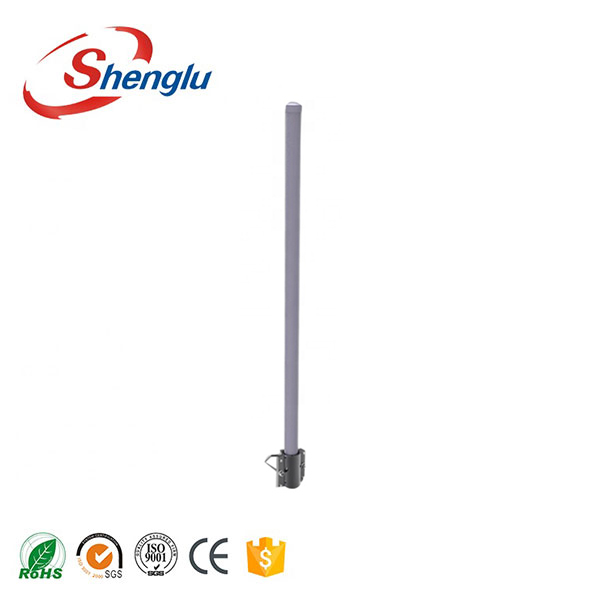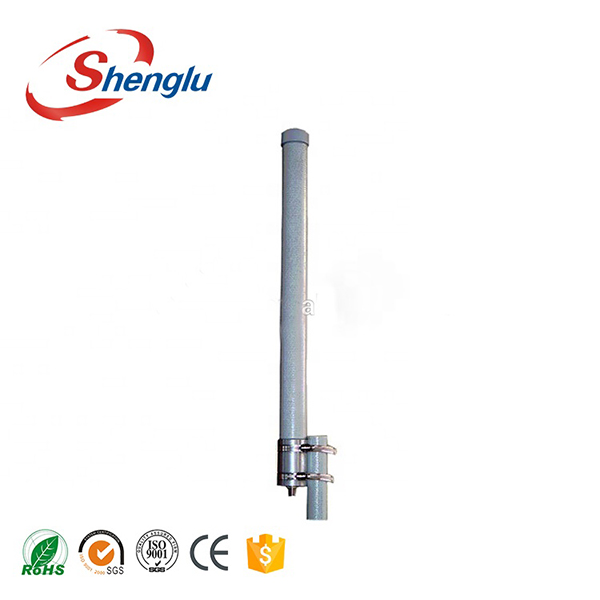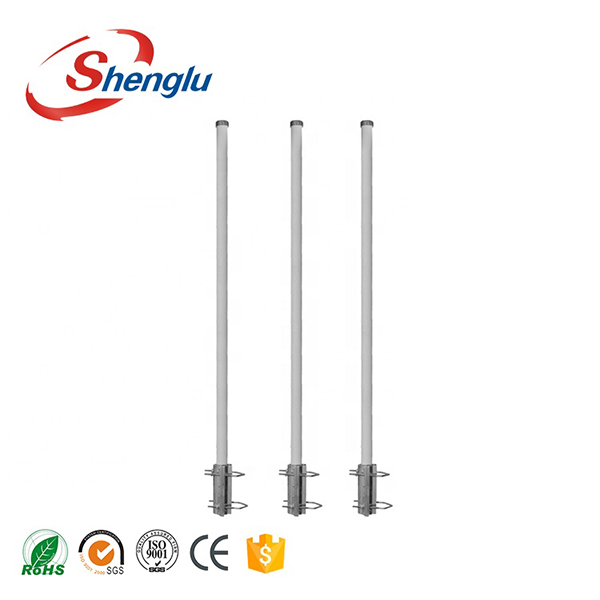SL13325A
Electrical Specifications
Frequency Range 698-960/1710-2700MHz
VSWR <2.0
Input Impedance 50Ω
Gain 8/8dBi
Polarization Vertical
Horizontal Beamwidth(3dB) 360°
Vertical Beamwidth (3dB) 30/20°
Electrical Downtilt 0°
Max, power 150W
Connector Type N Female
Lightning Protection DC ground
Mechanical Specifications
Height ≤1.5m
Weight 2.7kg
Rated Wind Velocity 210km/h
Diameter φ52mm
Diameter of installation pole φ50-φ80 mm
Working Temperature -40℃~+60℃
-
Description
How to purpose an omni/VHF antenna
There’s a new fashion in antennas. It comes from the concept that an omni antenna may no longer reduce it in each situation. In the final quite a few years, many broadcasters have moved returned to VHF broadcasts. This capability a large antenna is wanted and it skill that omni antennas don’t work as well.
Let’s lower back up a little bit
What is an omni antenna?
Omnidirectional, or omni, antennas, pick out up alerts from all instructions at the equal time. They are typically spherical like this Antop UFO antenna. With advances in low-noise amplifiers, they’re greater beneficial than ever at choosing up far away signals. But the truth is that the antenna factors themselves are certainly too small to pick out up VHF alerts efficiently.
Why are VHF indicators a problem?
Every broadcast frequency has its personal wavelength. As the frequency goes up, the waves get smaller. VHF frequencies from 54-210MHz have waves measured in feet. For example, the broadcast waves from channel 7 are about 6 toes long. In general, an antenna need to be half of or one-quarter the width of the sign it’s making an attempt to pull in. So, this omni antenna isn’t going to do a lot.
The reply from quite a few producers has been to add VHF functionality thru a dipole antenna that extends past the foremost antenna. For example, our pals at Televes did this when they made the top notch Dinova antenna.
The VHF antenna extends from the predominant antenna and offers a lot extra capability. We’ve additionally viewed this equal method utilized to omni antennas, for instance this mannequin from Lava.
This omni antenna has two factors extending out from it. These supply this incredibly small antenna a lot extra energy to pick out up VHF signals, as lengthy as you goal it properly.
How to aim
The usual antenna is going to select up indicators from any direction. However, you’ll solely get VHF alerts from a small vary at the the front and back. Overall, the antenna will select up VHF indicators from about 1/4 of the sky, and the different 3/4 of the indicators won’t come in well.
So, the key is aiming. The antenna need to be pointed so that the VHF factors are perpendicular to the towers they are pointed at. You can use a website online like TVFool.com or an app like this one from Winegard to discern out the place your alerts are coming from. Remember you want to understand the genuine broadcast channel, which is frequently special from what you assume it is.
The antenna ought to be aimed so the VHF factors are definitely seen to the towers. It’s less difficult to exhibit that in a picture.
Imagine you’re standing at the back of the antenna in the image and you’re searching at the broadcast towers. The antenna would appear some thing like this:
Sorry for the easy drawing however I assume it conveys the basics. You can see the vast factors at the left and right.
Choosing an antenna
It’s no longer handy to pick out an antenna. In fact, with lots to pick out from it can be downright difficult.
Inquire now! It’s well worth a try!












